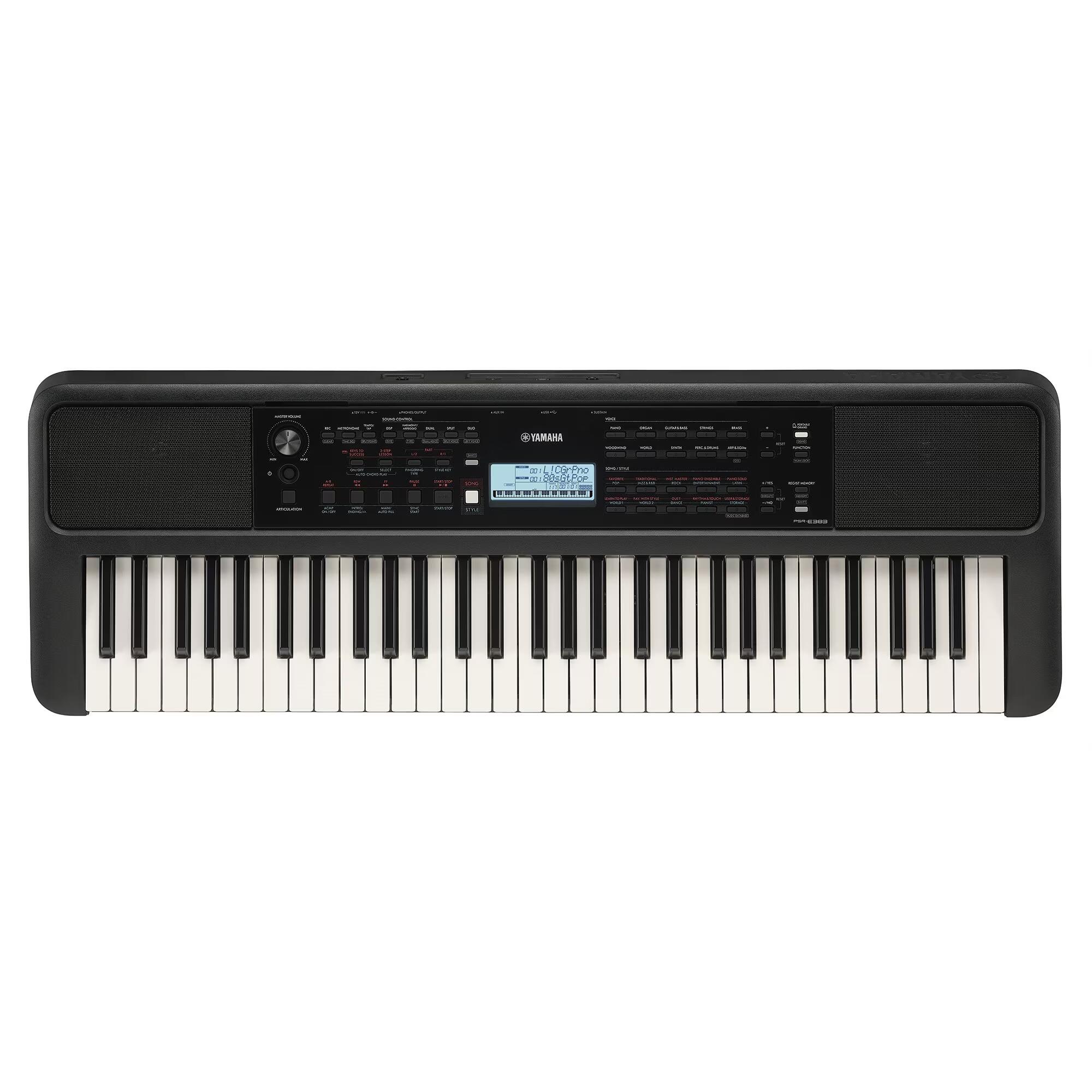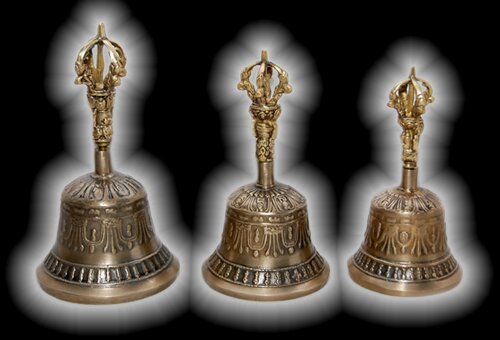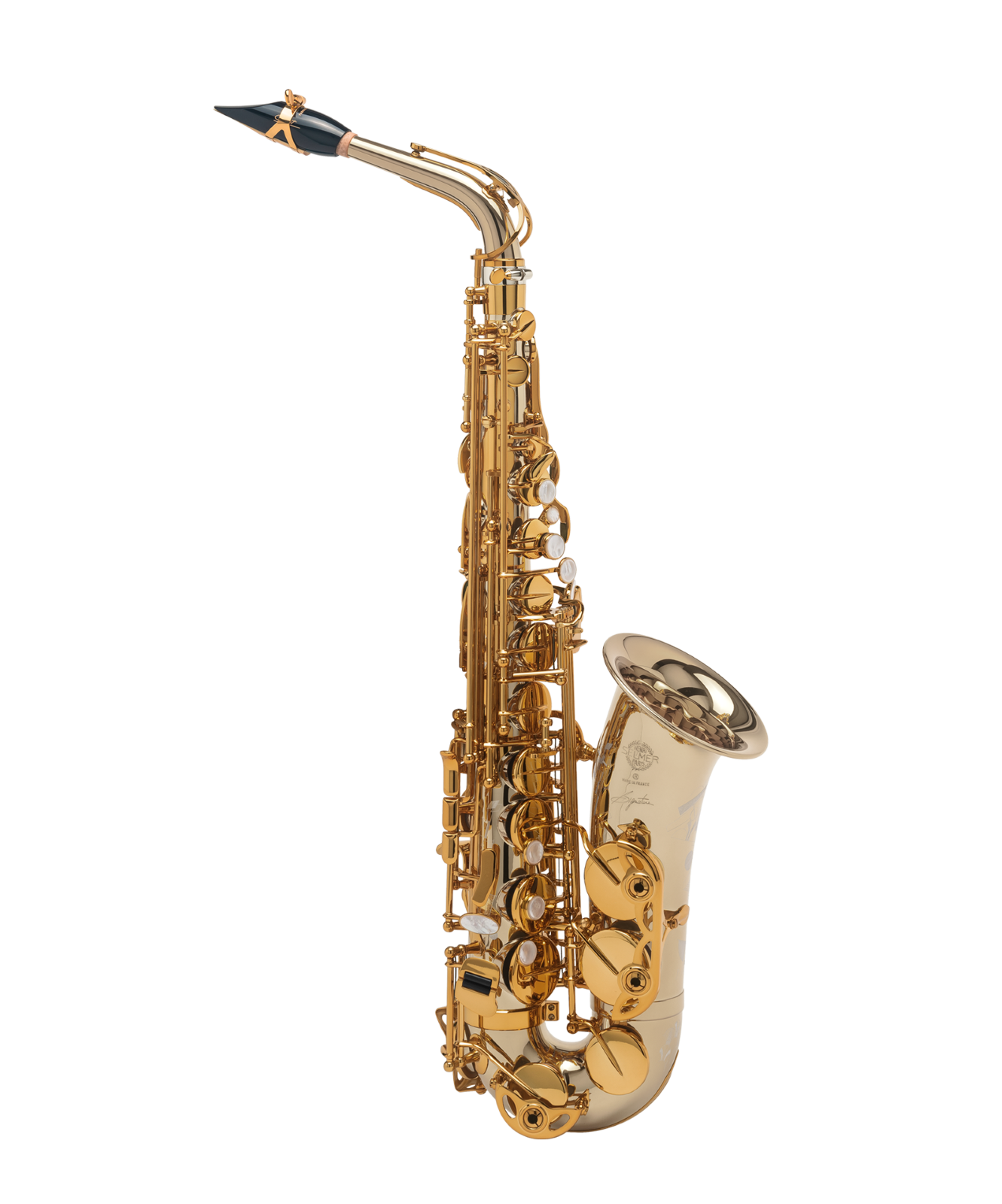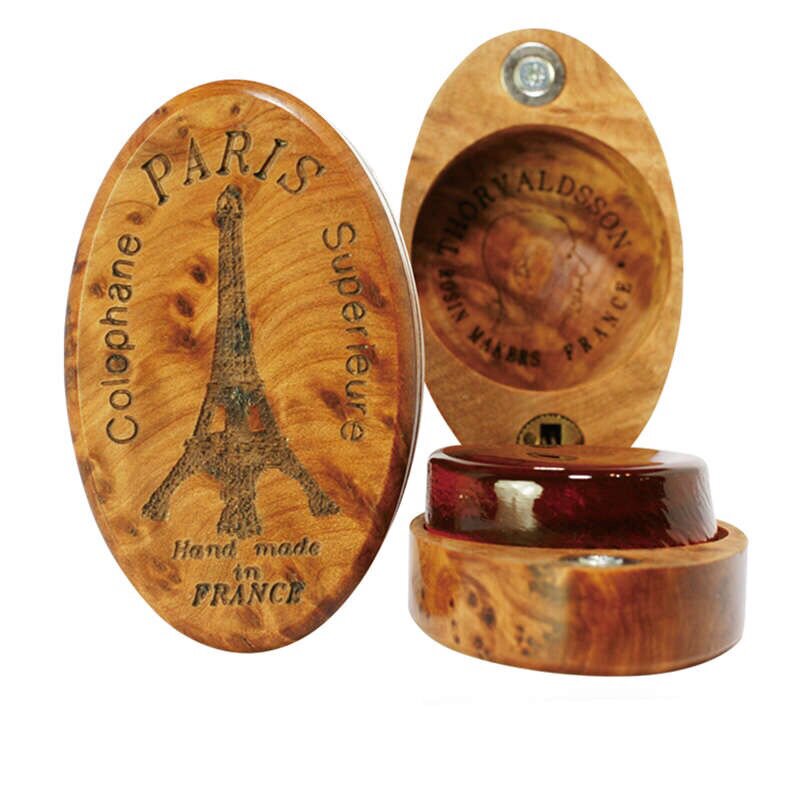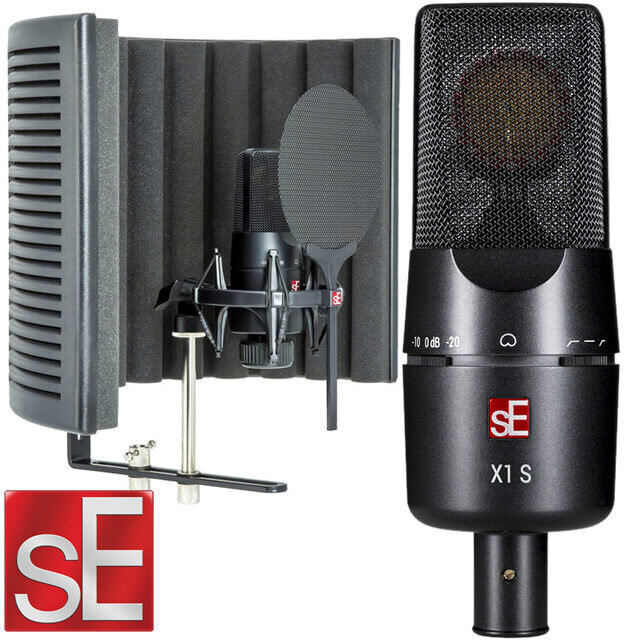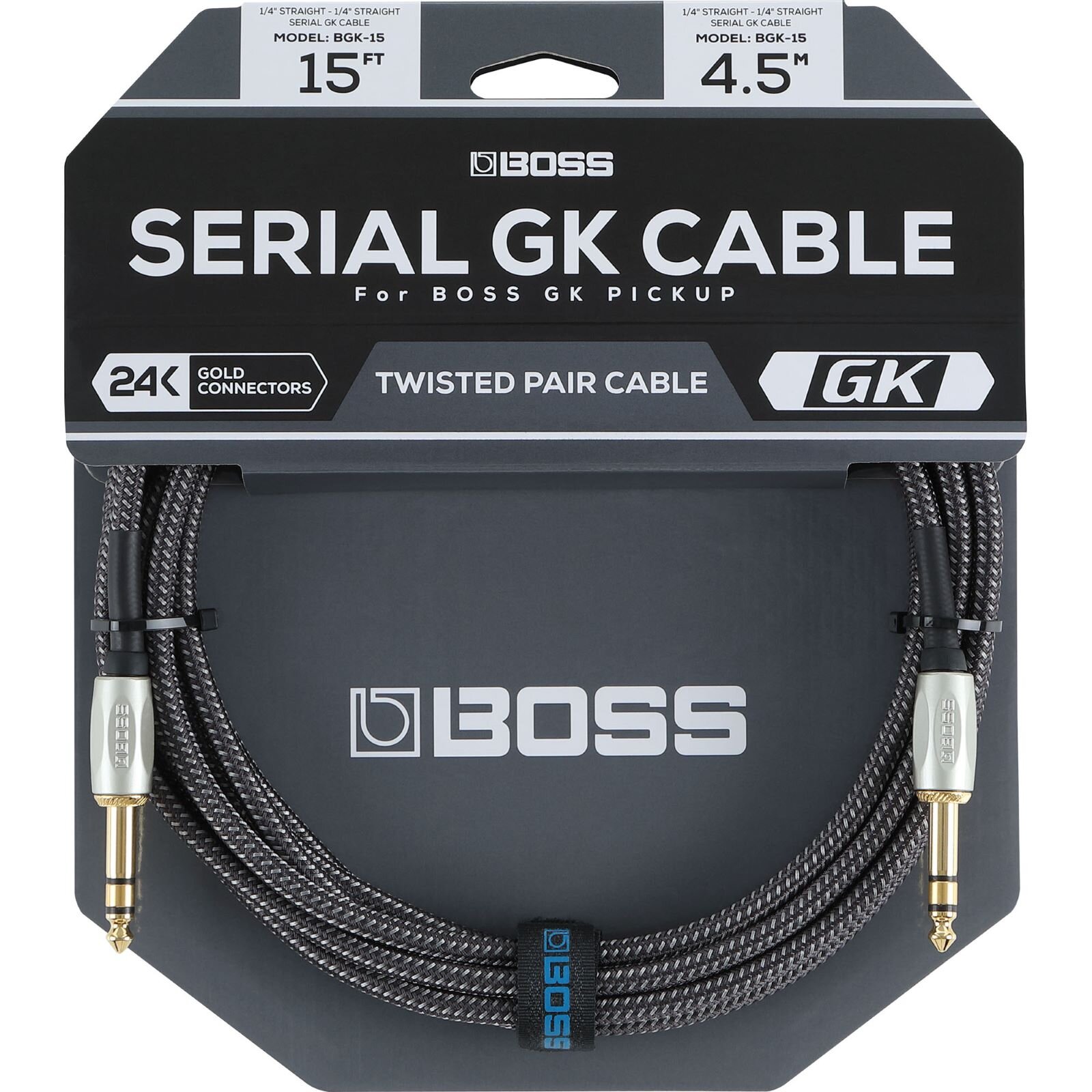Table of contents :
Halloween is getting closer! And with that, the desire to watch horror or science fiction series or films! Even if for my part, I can watch it all year round. But did you know how certain atmospheres were created? You see these scary little melodies that resemble the sound of a violin or cello mixed with that of a musical saw, when we see a hairy monster or the nose of a witch appearing under a full moon at midnight with his famous wart? But yes, as in the films Frankenweenie , First Man or the very famous The day when the earth stopped (Robert Wise) during the appearance of a humanoid emerging from a UFO, or The birds (Hitchcock). And it seems that this sound even became the sonic definition of the word eerie (in English) which designates this mysterious border and sensation that lies between the sinister and the strange.
An extraordinary instrument
Well… it is an extraordinary instrument: the theremin .
An electronic musical instrument from the 1920s , invented by Lev Sergeyevich Termen or simply Leon Theremin , and which will have an important place in the history of the Russian revolution of 1917. It is even said that Lenin was so captivated by it that he established Theremin courses in schools and colleges. And thanks to the violinist Clara Rockmore, Léon Theremin was able to perfect his invention and Clara became the greatest virtuoso of the theremin, thanks to her musical knowledge, her perfect pitch, her control and her precision.
I discovered this wonderful instrument with the cult scene from The Big Bang Theory where the character Sheldon Cooper trains to play the Star Trek theme, because a big fan of the actor Léonard Nimoy (interpreter Spock) who played it also. I was fascinated. I wanted one and couldn’t find one. Because at the time, the theremin was no longer heard too much.
But enough about history and series. Let’s come back to the instrument itself.
Playing a theremin can seem relatively straightforward. The musical production is done without the musician having to touch the instrument. The theremin, once turned on, continuously plays sounds generated by electronic oscillators and which can be usual notes as well as notes that our ears are not used to. So how do you make it into a melody and a rhythm?
How do we play it?
Just move your hands near the two antennas on the theremin to determine the pitch and intensity of the sound. In general, the right hand, by varying its proximity to the vertical antenna, takes care of adjusting the pitch of the note so if we want to obtain a D , we will bring our hand more or less closer to the antenna. And the left hand will control the volume of the note according to its distance from the horizontal loop-shaped antenna.
Really… at first glance, it seems childish. But to have tried it at home, I can assure you that it is not the case and I had, unfortunately, to give up my career as a thereminist. Because our whole body can influence the sound, as well as the movements that can take place around you and the theremin. Which leads the latter to find himself in funny situations … such as accompanying ghost hunters in potentially haunted places and being left in the hands or rather the magnetic disturbances that the ghosts would produce. Obviously, I also tried the experiment … that goes without saying. And I came to the conclusion, that there were no spirits on the first floor of my house. There remains the ground floor and the cellar to be tested.
So how does it work? The principle is rather simple. The antennas create two magnetic fields and their size varies depending on whether the player’s hands are more or less close to the antennas. For the vertical antenna, the closer our hand is, the more the frequency of the note increases and we thus obtain an increasingly high pitched sound. And for the horizontal volume antenna, the closer you are to the antenna, the less you hear the note. We can even mute the sound and thus vary the rhythm. And here on the other hand, I can assure you that we can spend a long time having fun! Because it is a very technical instrument but which is played in a surprisingly intuitive way. It really looks like a timeless instrument … from elsewhere.
Live the Music and see you soon!
Miora

